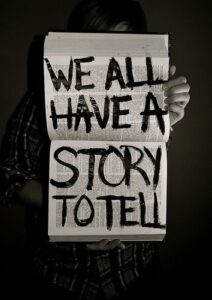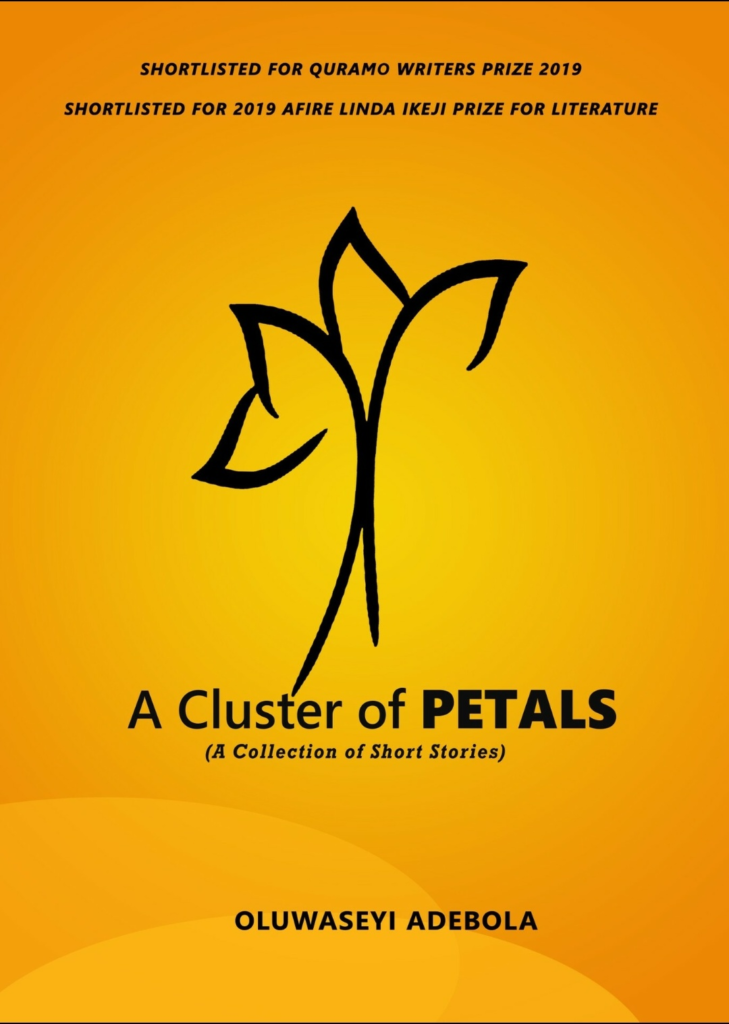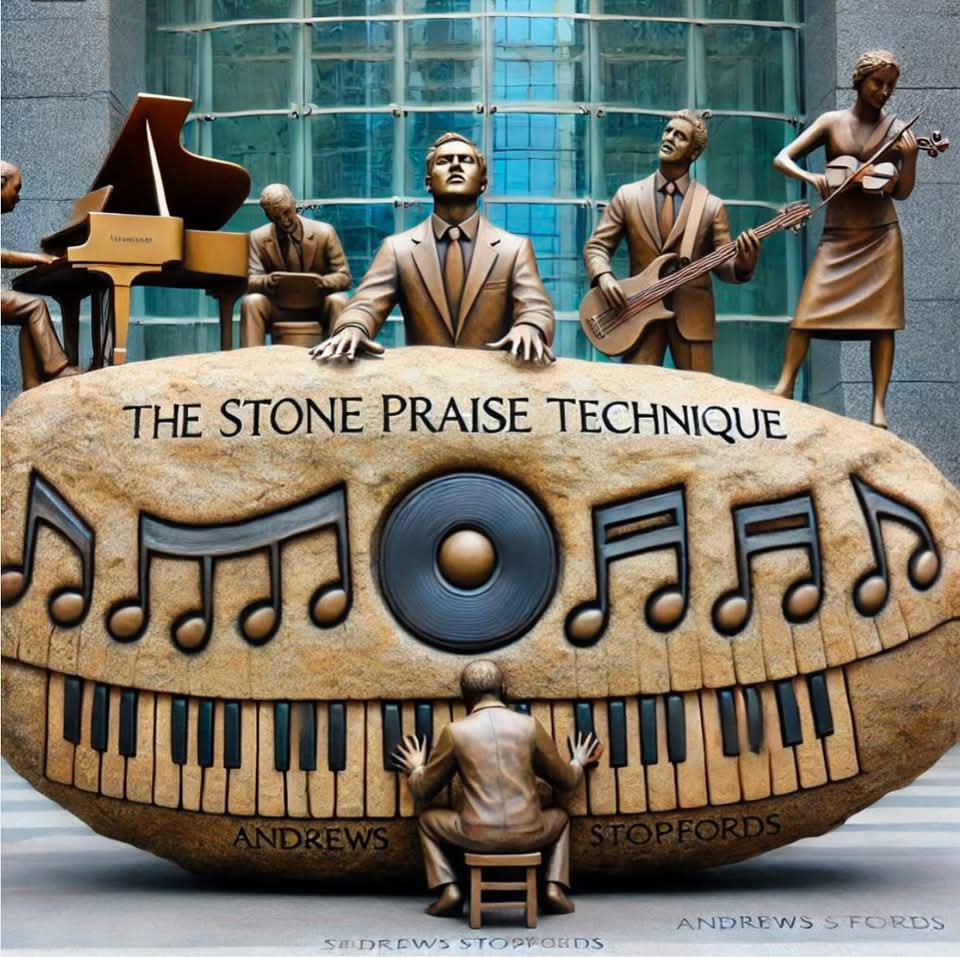
The Power of Storytelling in Content Creation: There were kids who had the luxury of being kids and then there was me, who was forced to be an adult from age 8. That got you reading, didn’t it? Well, that’s storytelling.
From the days of sitting around the fireside and listening to our grandparents’ captivating folktales to our modern reliance on social media and cinema, the power of storytelling continues to captivate us.
Your content can have the same effects on your audience if you can wield the power of stories and that is exactly what I will be showing you in this article. Now, grab your mats and sit down.
Why Storytelling Matters in Content Creation
Picture this: you’ve poured hours into creating a post, burning the midnight oil, perfecting every detail. You hit publish, only to hear… crickets.
There is no denying the fact that this can be discouraging. But here’s the truth: your audience isn’t ignoring your content because it’s bad. They’re scrolling past because it doesn’t stand out.
Start by putting yourself in your audience’s shoes. Think back to those times when you were scrolling through social media in search of a particular type of content, let’s say, ‘How to become a digital marketer’ You likely encountered countless contents that all seemed to say the same thing. But suddenly, one post catches your eye. Why? Because it stands out, not necessarily for presenting groundbreaking information, but for telling the story in a unique and engaging way.
Now you were not just enlightened but also entertained and you paid attention all through. That is the power of storytelling and what incorporating good storytelling into your content can do.
In a sea of sameness, stories are your lifeboat. They make your content:
- Relatable: Your audience sees themselves in your story.
- Memorable: Emotions make your message stick.
- Engaging: People don’t just consume, they connect.
Good storytelling transforms your content from “just another post” to one that stops thumbs in their tracks.
How to Master Storytelling in Your Content
Think you’re not a storyteller? Think again. Everyone has a story to tell, you just need the right tools and you’ll have Shakespeare shaking in his boot. Don’t believe you can? Not to worry. Here are six practical tips to get you started:

1. Know your Audience: Knowing your audience is key. Before crafting a story, know who you’re telling it to. What are their struggles, dreams, and desires? Speak their language, address their pain points, and resonate with their experiences. Understanding who you are creating for is a major factor that influences the type of story you tell and how you tell it.
For example, if your audience is aspiring digital marketers, share a story about how you once struggled with your first campaign and what you learned. They’ll see themselves in your journey.
2. Have a Clear–cut Message: Have you ever seen a movie or read a book that had no central message and it just gets confusing in the end? Annoying right? Telling a story is one thing, telling a story with a message is another thing.
When drafting out your story for your content never forget the main purpose which is either to pass a message across to your audience about your products and services or simply to enlighten.
3. Structure your Story: Whether it is a 30-second video or a 30-minute video, structure is very important when you are incorporating storytelling into your content.
It’s quite simple, your story should have a Beginning (To hook your audience and set the scene) a Middle ( To build tension or intrigue) and an Ending (To deliver resolution or the key takeaway.)
Even a 30-second video needs this structure to keep your audience engaged.
4. Sell Emotions: What makes a story unforgettable? The way it makes people feel. Whether it’s joy, sadness, excitement, or nostalgia, emotions create connections. In an article (https://blog.hubspot.com/marketing/psychology-of-stories-storytelling-formula by HubSpot)
It is stated that, you can influence the way people see or perceive you or your brand just by telling a good story.
5. Be Authentic: Authenticity is your superpower. It’s what sets you apart from AI-generated content. Your audience craves real, human stories. Don’t be afraid to let them see you.
6. End with a Call to Action: You’ve captured their attention, now guide them on what to do next. Do you want them to save your content, share it, follow you, or set a reminder for your next content? Whatever it is just make sure you leave them with a clear call to action.
Pro Tip: Show, Don’t Just Tell
In all of this be sure to use captivating visuals that help the audience connect with the content better. Words are powerful, but visuals amplify your story. Use photos, videos, or illustrations to draw your audience into your narrative. A well-placed image can evoke emotions that words alone cannot.
There are so many ways to utilize storytelling in your content. whichever one you decide to use, be sure not to lose these two things, your authenticity and your message.
So, roll up your mat, pick up your pen (or phone), and start telling your story. The world is waiting to listen.



